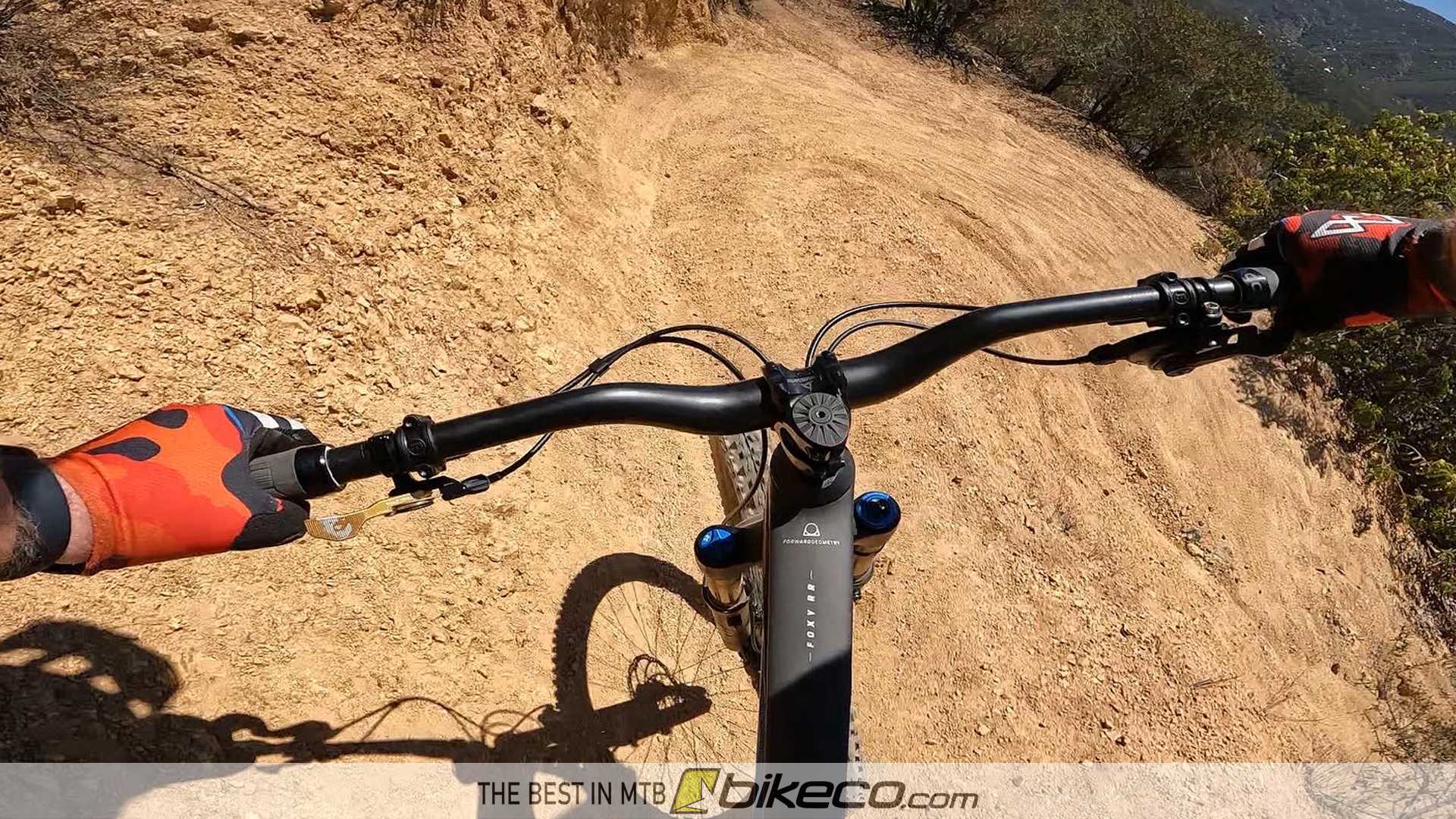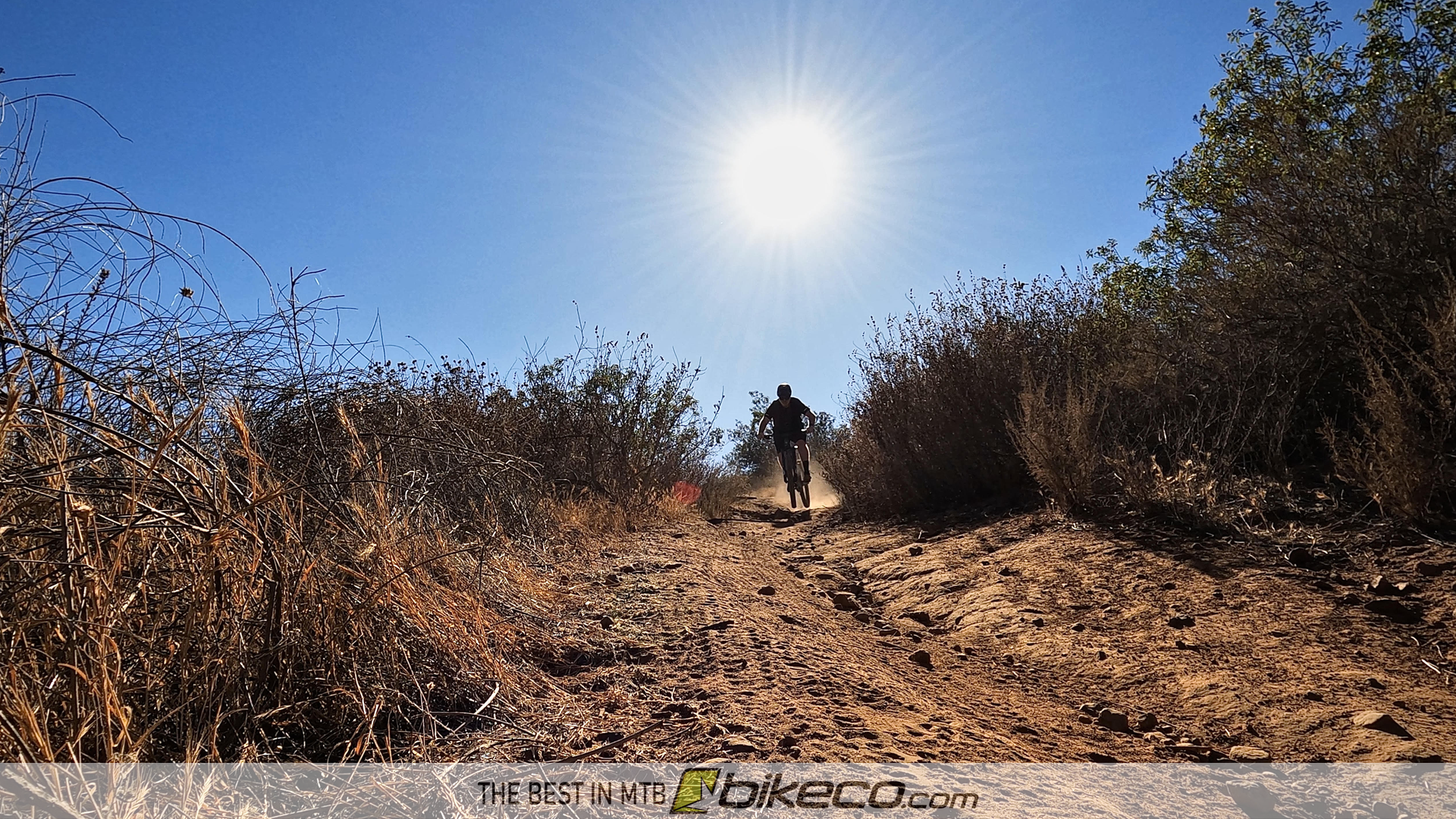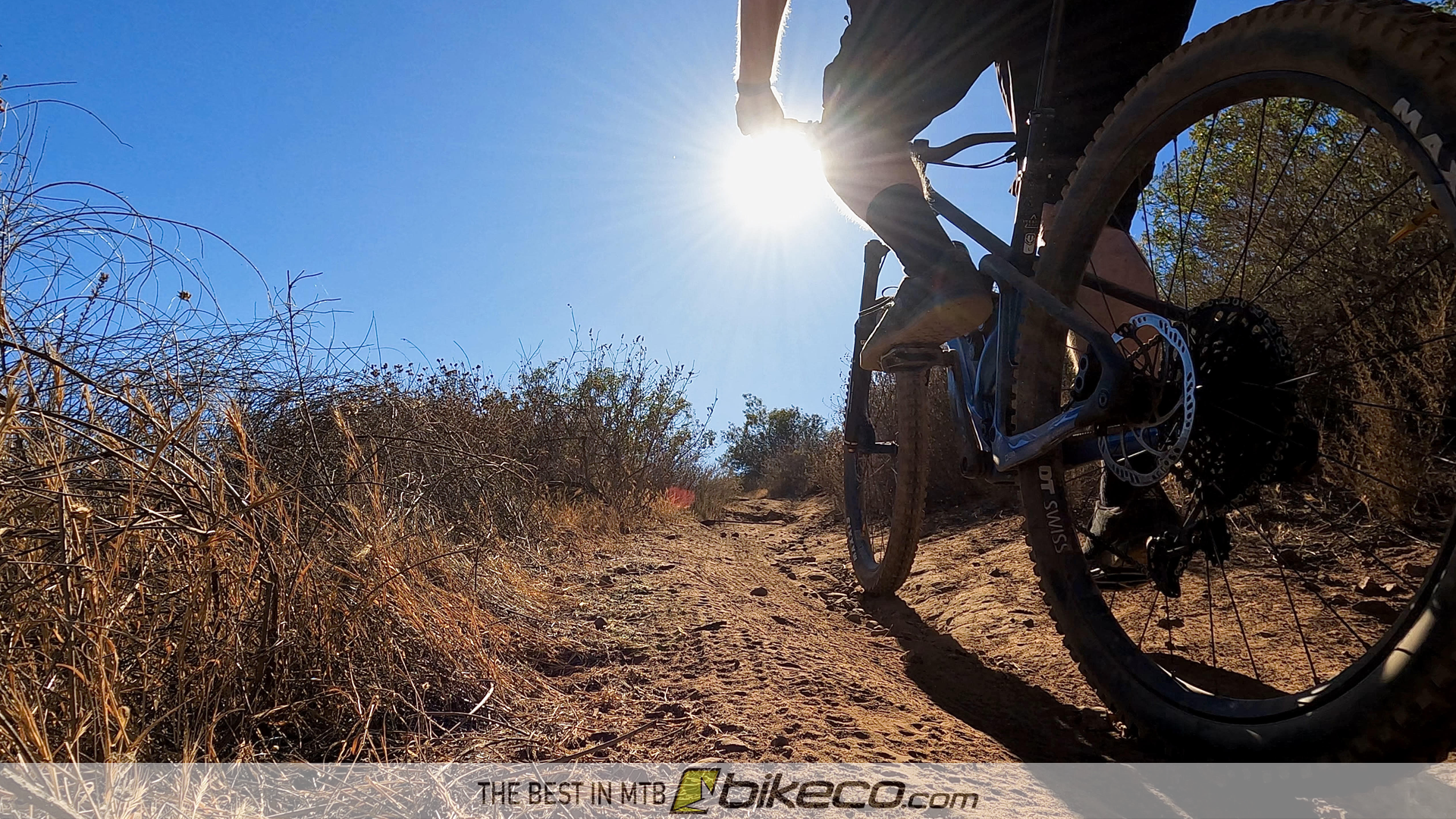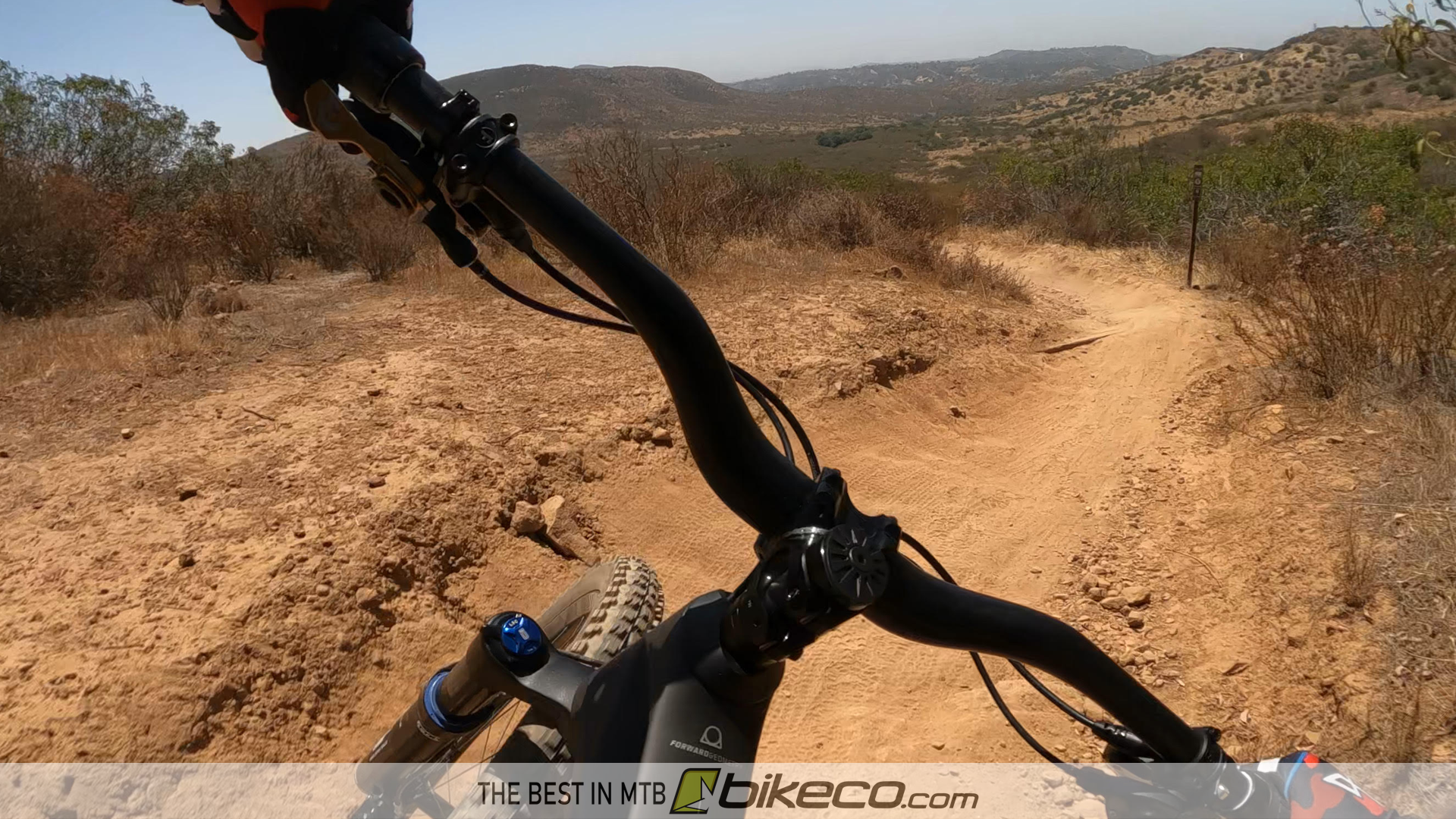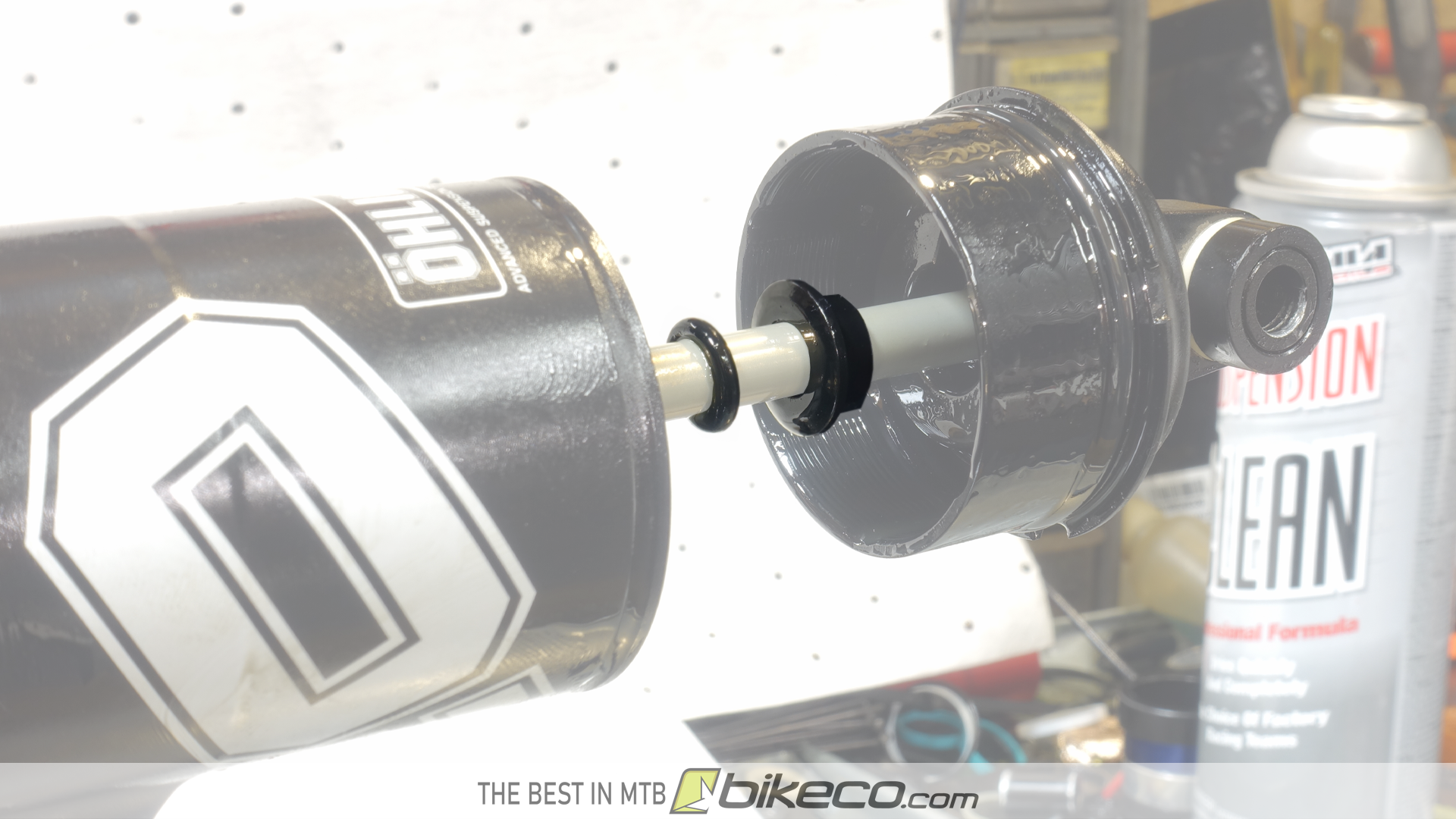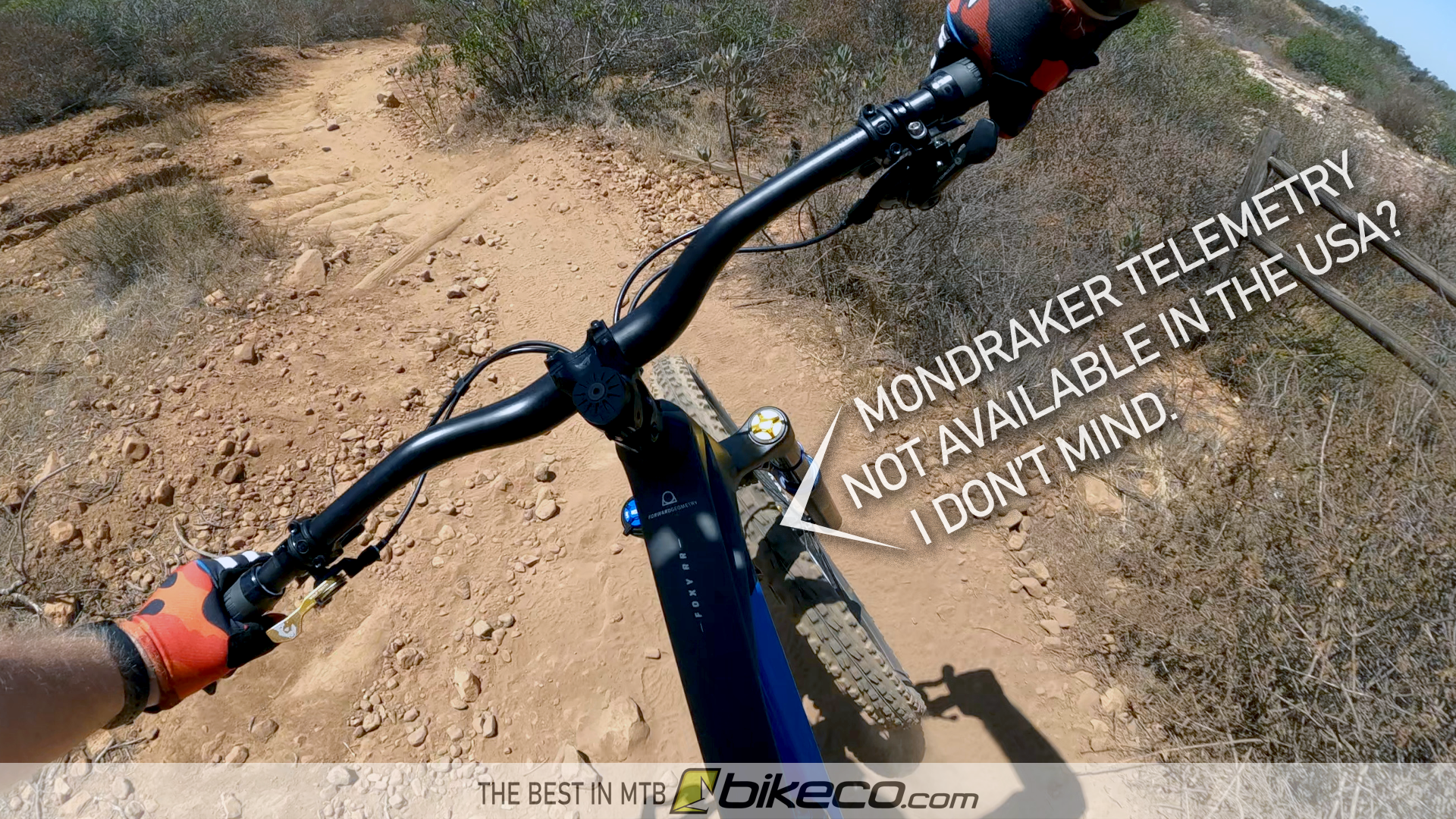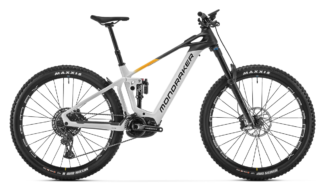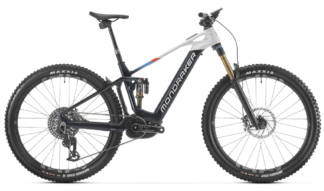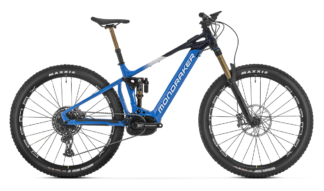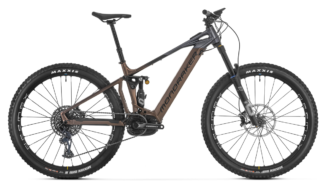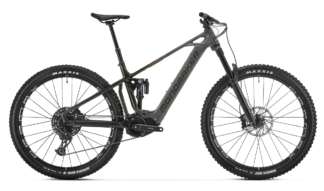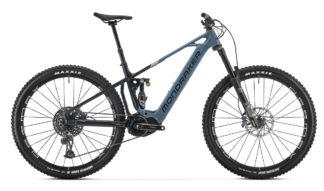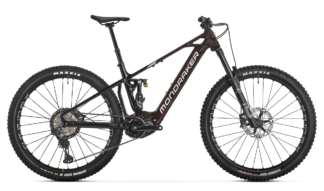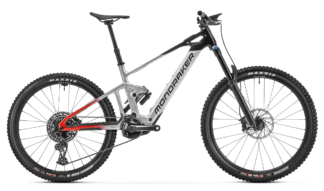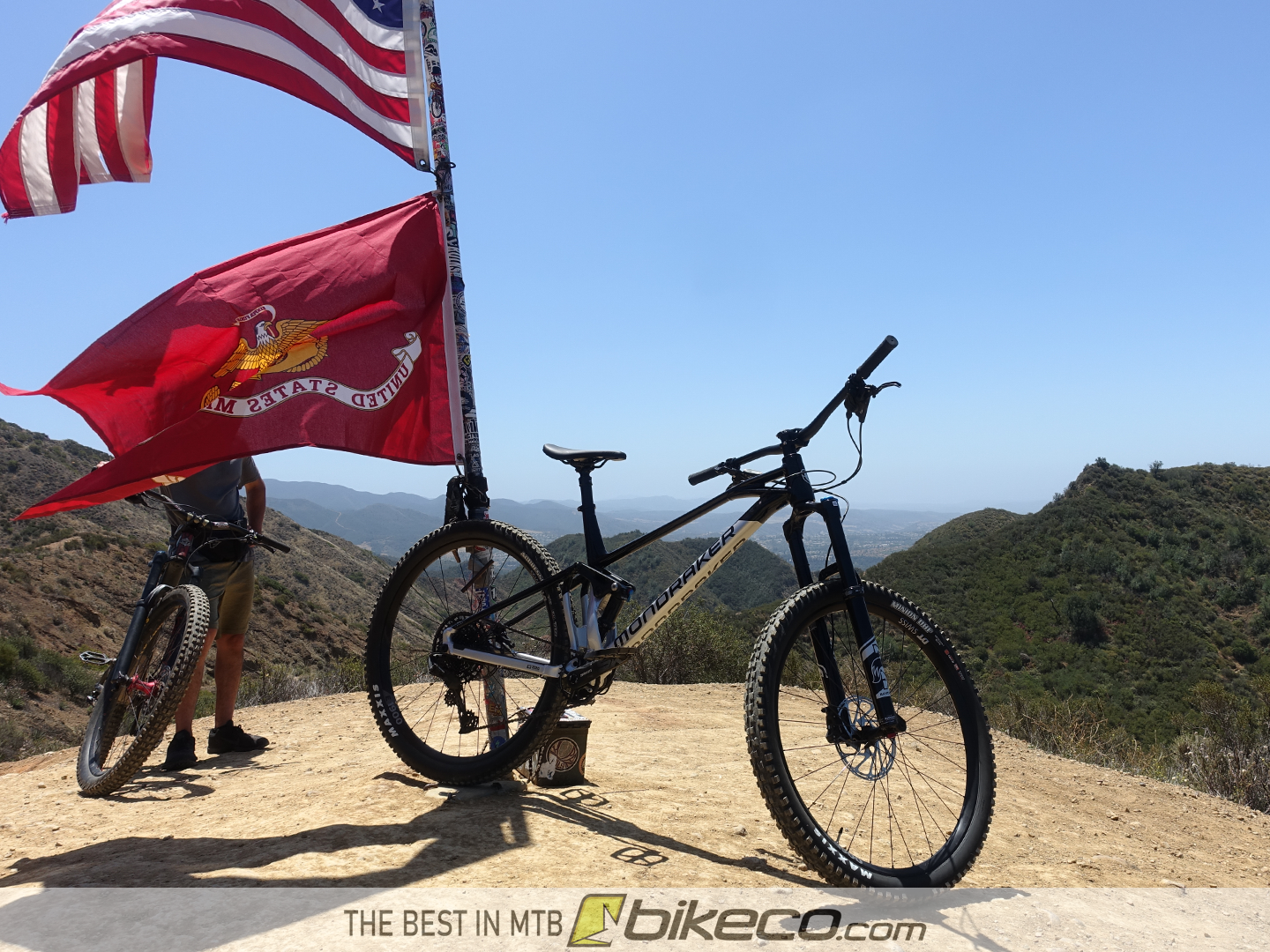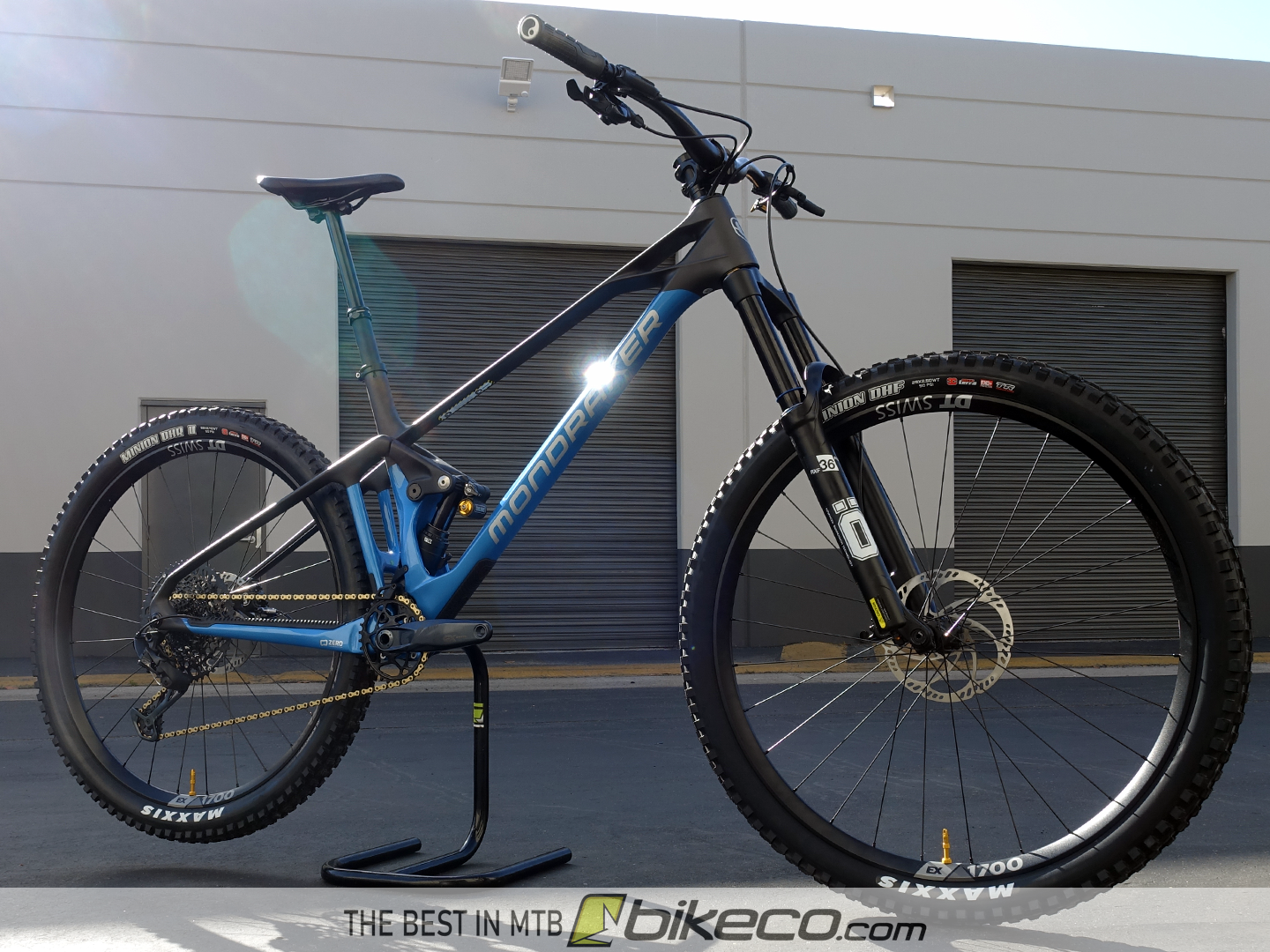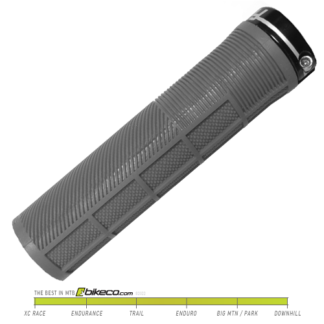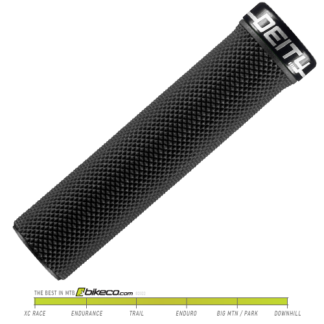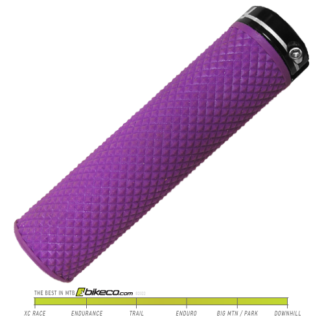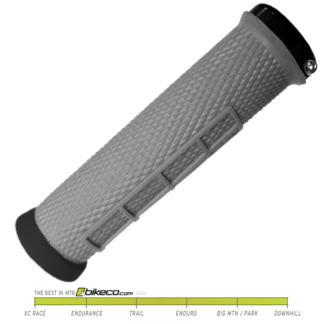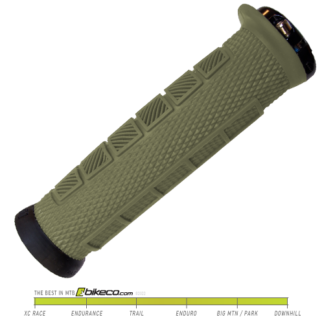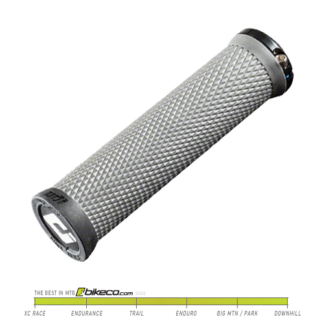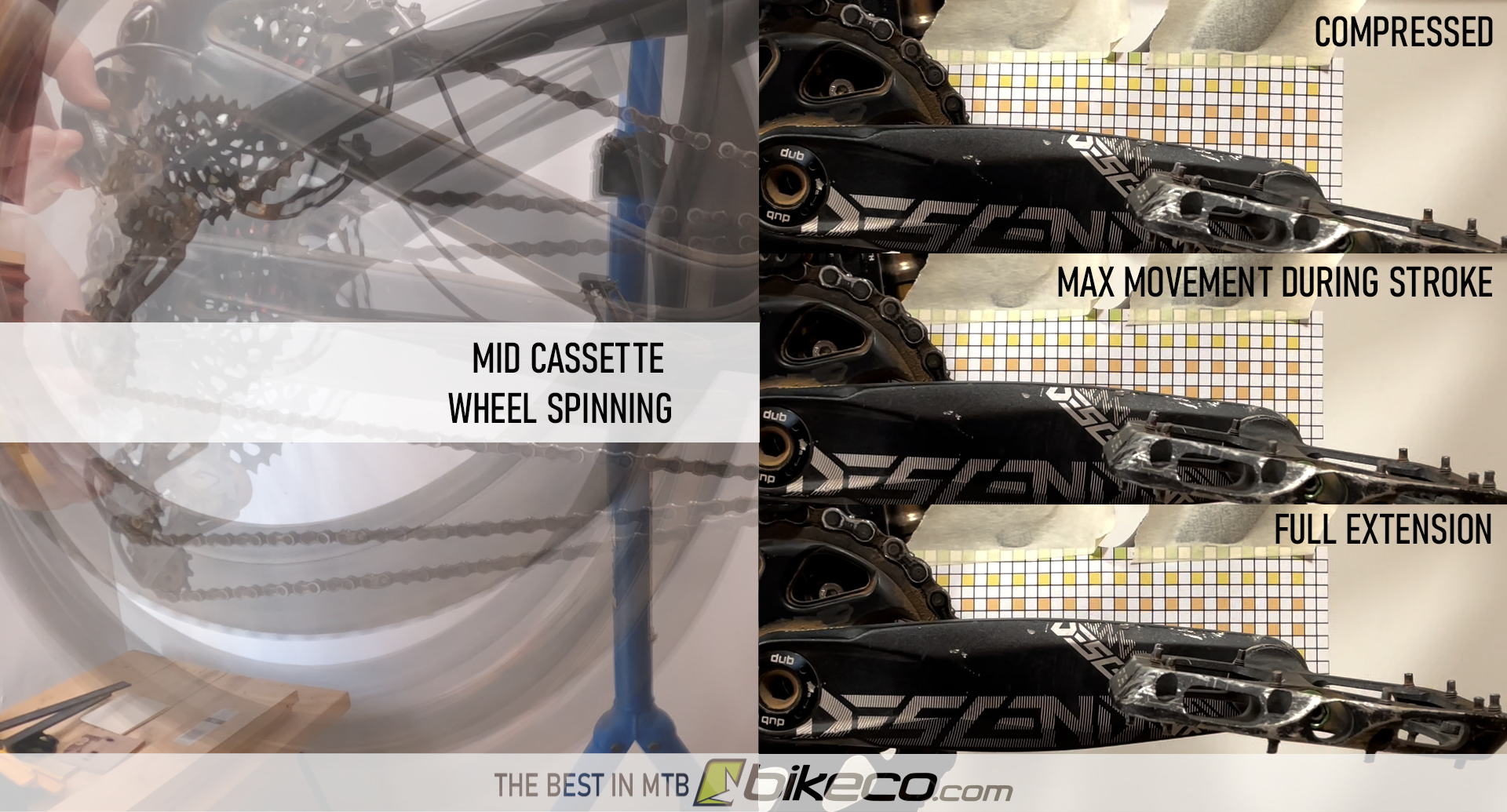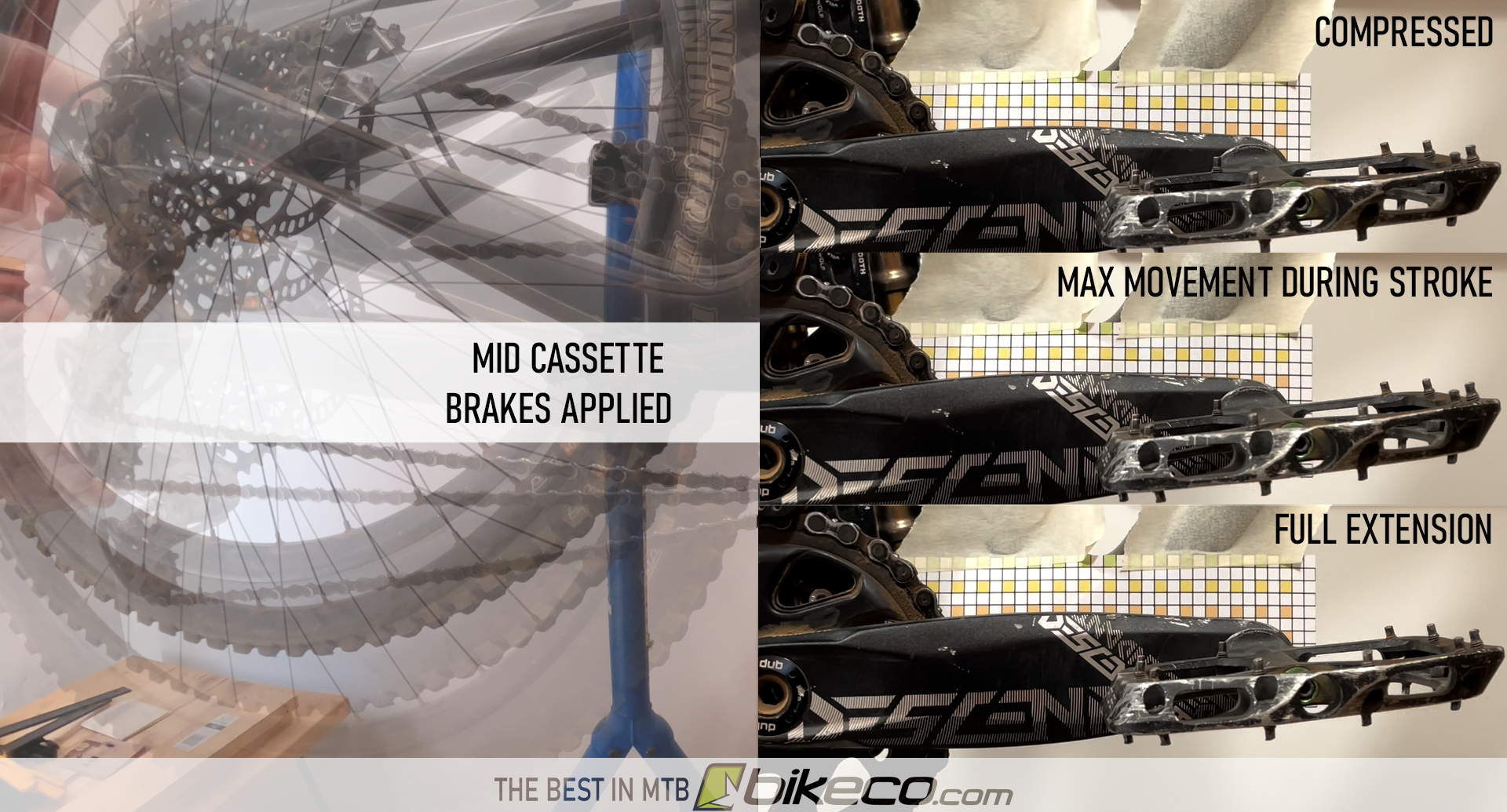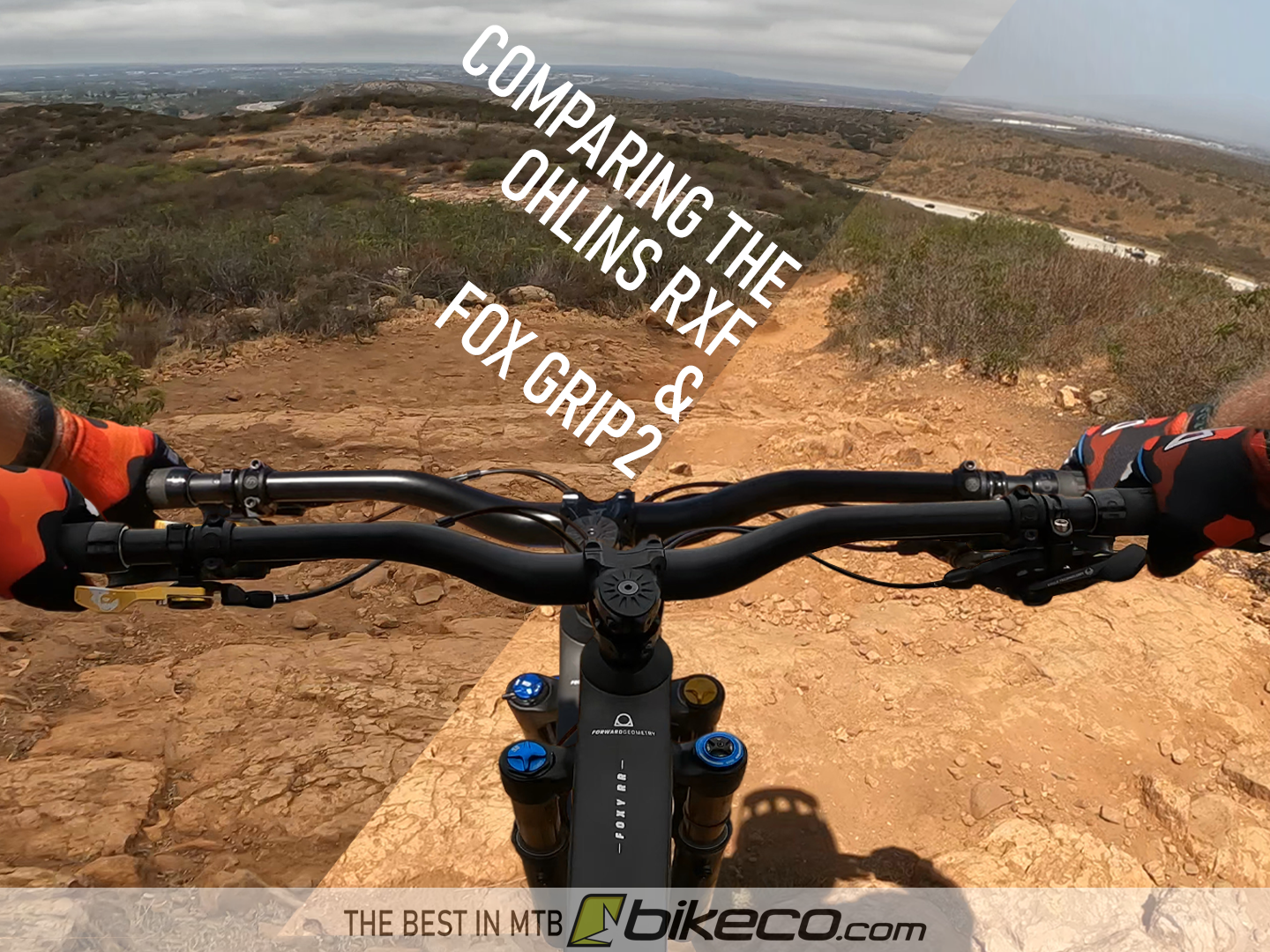
It’s our goal to ensure we know what parts are right for what rider. Sometimes that means trying a new part, although mostly that’s left to our racers. Sometimes it means looking at a new tune option. This time, it meant finding the edge of the Ohlins suspension on my Mondraker Foxy Carbon. Let’s take a few minutes and compare the Ohlins RXF and the FOX GRIP2 platform.
Not currently shopping forks? Well, keep reading you might find some ways to improve your setup based on the notes on which fork did what on trail and how the fork’s controls affected that.
Take a look at some comparative footage and go through the details comparing the FOX GRIP2 and the Ohlins RXF 36 M.2 forks!
First, Mondraker spec’ing Ohlins on the FOXY is a good choice.
BikeCo owner Joe Binatena tested Ohlins forks as well as shocks, and it’s the first time I’ve seen him run stock suspension in, maybe ever. Joe ended up with Ohlins on his personal Crafty eMTB.
Our purchasing agent Mike has a FOXY Carbon with Ohlins RXF and TTX which he loves. Mike tends to prioritize compliance and traction to add to his riding confidence on bigger bikes. He’s told me that the RXF is notably more planted than this current Rock Shox fork on a similar sized bike.
Both Mike and Joe are on the slightly skinnier than average I would say. Between the two of them a good deal of trail disposition, ground speed and feel can be assessed.
I know both had the Ohlins suspension dialed in within a couple rides since I didn’t hear any behind the scenes chatter about it.

BikeCo Owner Joe Binatena riding his Ohlins’ equipped Mondraker Crafty Carbon XR
First, Mondraker spec’ing Ohlins on the FOXY is a good choice.
BikeCo owner Joe Binatena tested Ohlins forks as well as shocks, and it’s the first time I’ve seen him run stock suspension in, maybe ever. Joe ended up with Ohlins on his personal Crafty eMTB.
Our purchasing agent Mike has a FOXY Carbon with Ohlins RXF and TTX which he loves. Mike tends to prioritize compliance and traction to add to his riding confidence on bigger bikes. He’s told me that the RXF is notably more planted than this current Rock Shox fork on a similar sized bike.
Both Mike and Joe are on the slightly skinnier than average I would say. Between the two of them a good deal of trail disposition, ground speed and feel can be assessed.
I know both had the Ohlins suspension dialed in within a couple rides since I didn’t hear any behind the scenes chatter about it.
Jumping ahead a couple months, I pulled the trigger on an Ohlin’s spec’d Mondraker.
Even has a heavier rider I didn’t have many reservations purchasing the FOXY with Ohlins suspension. After all, Joe’s riding an eMTB which carries additional mass, and he candidly speaks highly of the platforms.
I knew Ohlins design parameters and goals weren’t a mirror of my previous suspension: Ohlins was looking for a more plush and linear feel for ultimate traction.
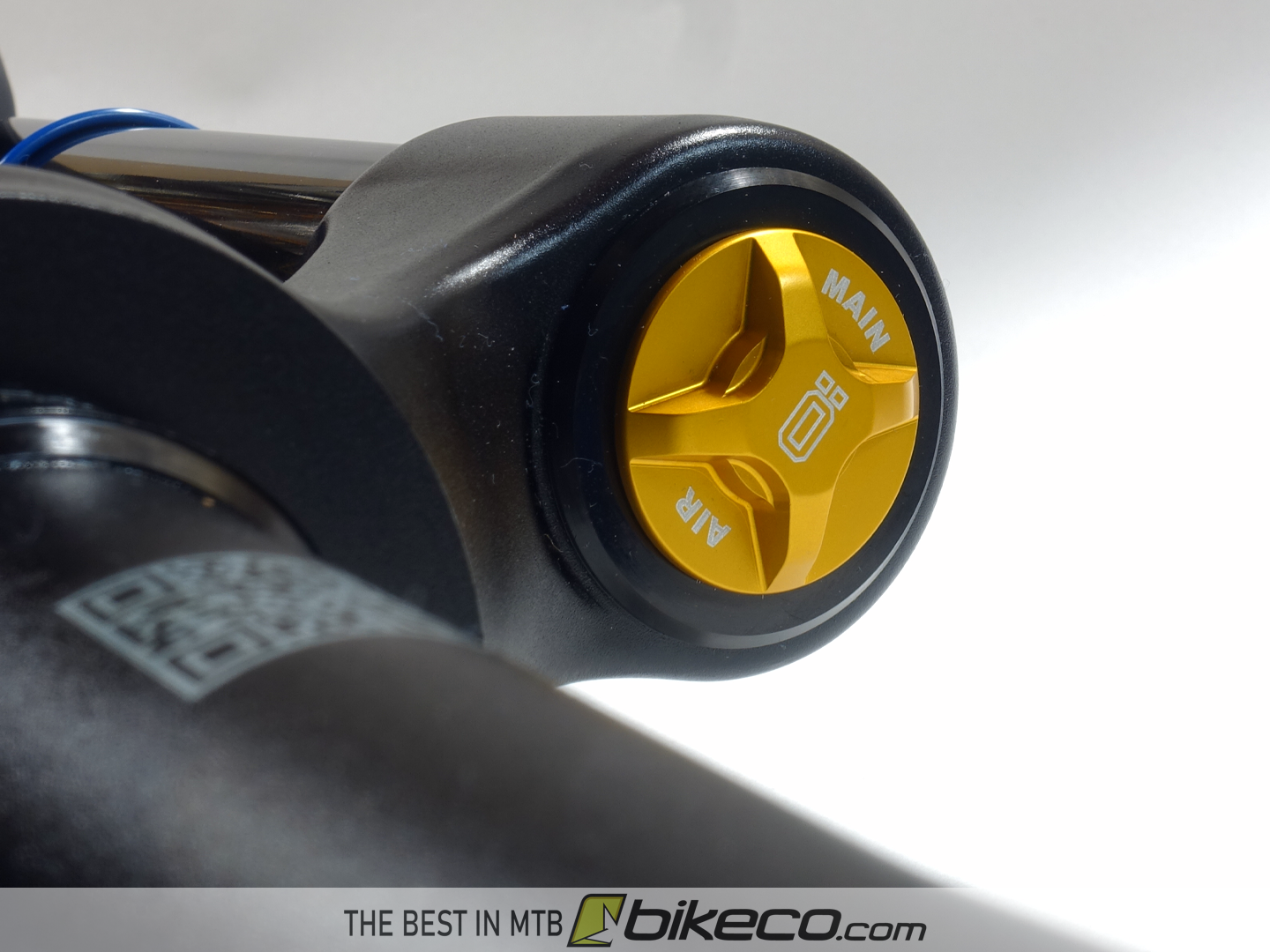
If you read my first ride thoughts on the Mondraker FOXY you’ll know I felt like I had the rear pretty close and the fork in a workable area, albeit I knew I could be looking a bit outside the box.
As I continued to ride I found the Ohlins, particularly the fork, lacked midstroke support at my weight and ground speed.
What it felt like and what it was doing on trail just wasn’t there for me. I felt some of it and put it in my notes. Some I spotted in footage. (BTW: the ride footage actually illustrated how well the HSC worked even as the rest of the fork was pushed past it’s limit for me)
Now, I’m not saying that the Ohlins RXF doesn’t work, I’m saying at 275 and looking for a punchy suspension it didn’t work for me. This review isn’t as fair as it could be since the RXF is pushed beyond its limits a bit. If you’re a lighter rider who wouldn’t have that issue keep reading to learn more about how a fork without enough mid-stroke support and too fast of a rebound setting will ride on trail – maybe you’ll unlock your existing or next fork with that knowledge!
Lack of Support: On Trail Symptoms & Adjustments
Here’s a look at the symptoms, why the RXF didn’t make the grade for me (and how the RXF does for both Joe and Mike) and a comparison to the FOX GRIP2 platform.
Early on I was looking for more mid-stroke support from the RXF. The front end would dive into the corners deeper than I expected. On lips or rocks it lacked a bit of the punch back that puts you up and over instead of driving you “backwards”.
I never quite found that in the fork settings.
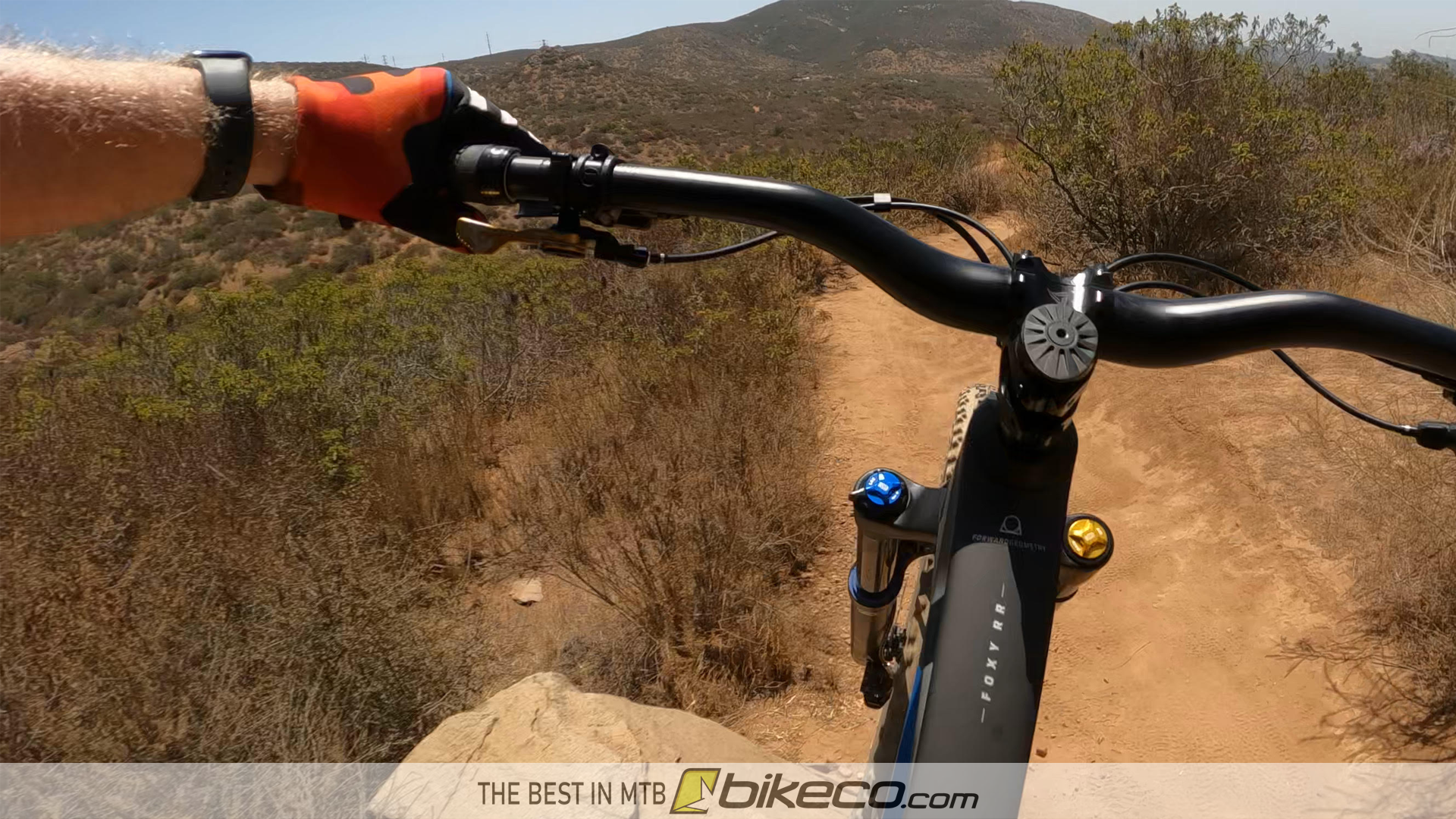
Ohlins RXF 36 M.2 Settings
I maxed the Ramp Up Chamber PSI. This would give the fork the maximum ramp rate like adding volume spacers. (make sure you fill the ramp up chamber prior to filling the main air spring – it makes a huge difference.)
I also maxed the main air spring. This put the sag into a fairly standard 15-20%, so I didn’t feel like oh no, I’m just plain too heavy for the RXF 36.
I began with Ohlins rebound and compression setup, but I steadily increased the low speed compression until it was maxed. I worked with the high speed compression as well (more on HSC later). I was running the rebound at max and it still was fast, working hard trying to compensate against the main chamber’s PSI.
After the early rides I chatted with our suspension tuners. We tore down the air shaft assembly (it is very very nicely made fyi) to get a better idea how the three chamber system was implemented.

Ohlins RXF Air Cartridge
At first glance the Ohlins system is reminiscent of an older design concept: adjust the main chamber PSI on top, adjust the negative chamber on bottom.
But, on the Ohlins’ lower port you’re not charging the negative chamber. As mentioned, the RXF uses a third chamber.
When setting up the Ohlins RXF you first charge the Ramp Up Chamber at the bottom of the fork. This controls how linear or progressive your fork will feel and there is a range of PSI suggestions assigned to your weight.
After setting the Ramp Up you set the main chamber PSI. As the fork cycles slightly the piston passes an equalization port and charges the negative air chamber.
In short:
Ramp Up = Ramp rate control. Adjustable. Set first during setup.
Main Chamber = Supports your weight. Adjustable.
Negative Chamber = Prevents top out and minimizes initial piston stiction. Fills based on main chamber PSI.
Early on the fork felt kinda close. But no matter what I did I couldn’t force it into a state of too much support, from which I would need to back down either Compression or Ramp Rate.
I didn’t even find a “this is the right amount of support but I have everything maxed” feel.
With more rides I noticed performance attributes I didn’t particularly like but hadn’t put my finger on the solution or given up on the product at that point. I spent some time looking at my notes and watching some footage.

My initial riding notes: Ohlins RXF 36 M.2 Fork
Felt too soft into corners, couldn’t counter steer into turns and drive off feet. It felt like to change direction requires a lot of steering input.
(Turning in with your hands increases the chance of folding the front end and going over the bars compared to counter steering and leaning, which tends to generate and outward slide when traction is lost and is easier to “catch”.)
Too soft landing and taking up bumps on takeoff. Lacked “punch back” in rocky or chunky sections and pop off lips.
High speed compression is works WELL! With the fork notably soft, I tried to compensate with the HSC.
I was hoping to “cheat” the HSC into activating lower in the travel.
But, the RXF High Speed Compression seems truly isolated to high shaft speeds (which is how it’s supposed to work). The fork didn’t bottom out when I had the HSC cranked way up (like just short of a pedal platform feel) it kept me out of the last 20-30mm of travel. (more on this in just a second)
I started to come to terms that the RXF wasn’t for me when I began to work with lower tire pressures. My first few rides had been on aggressive tire pressures. As I started down in pressure the lack of midstoke support was much more notable.
Also, in bigger terrain I couldn’t slow the rebound down quite enough to maintain traction. I hadn’t noticed in the flatter terrain as I was able to compensate with knees and elbows, and a bit of slide didn’t hurt. But at speed in bigger terrain the bike wasn’t quite as sure footed as I expected.
The final straw, trying to new content angles I mounted a GoPro on the front triangle with the fork stanchion in frame. The video is choppy as hell (I was trying to pull stills from it) so I doubt I’ll publish it – but it showed an interesting attribute.
Through a series of bermed corners I noticed when I jumped (or more like floated I suppose is a better word) but if I was in the air, landed and changed direction the fork was riding taller in the travel compared to corners I just “rode” into.
I attributed this to landing pushing the fork at speeds that engage the HSC, even lower in the travel. This improved mid stroke support, albeit not in a way that was useful consistently. It also gave me an idea why sometimes I felt the bike cornered better than others.
Well, that was enough for me to call it a game.

So why didn’t the Ohlins fork work for me?
Well, Mike and Joe are both notably lighter, even with the extra mass of Joe’s Crafty eMTB.
Mike runs the ramp up chamber at a higher psi then listed for his weight to fine tune the ramp of the RXF. But running at the top end of the PSI charts I didn’t have that adjustment window.
It seemed like adding standard volume spacing to the main chamber would have pushed the fork into the realm for me, but, based on the way the air shaft is produced it would be a lot of machining bits and would be difficult to adjust.
In short, I was looking at a lot of work that wasn’t very consumer friendly to try to make the Ohlins ride punchier, like a FOX GRIP2, when, you know, there’s a FOX GRIP2 on the market…
FOX Factory 38 GRIP2 170mm
I’ve got a lot of years on the GRIP2 at this point. My previous bike had the 36 GRIP2 and I find it’s personality very parallel to the FOX 38 that I put on the Mondraker FOXY.
Why the 38 on the FOXY? I wanted the 170mm option – but I’ll have another writeup on my Extra FOX FOXY… haha..
So. Put the 38 GRIP2 on the FOXY. I decided to set it up the air spring similarly to the RXF – so I looked at the leg and found the highest number and set it to 123 PSI (which it stated was for 250lb riders). When I looked deeper at the FOX manuals I found that the fork has a max PSI of 140, however I had pretty good sag at 123 so I’d probably keep it in that range either way.
I increased the stock 2 volume spacers (20cc) with an additional 10cc. At 170mm the fork has a max capacity for 5 volume spacers.
Even in the parking lot the bike had a better disposition. On trail it unlocked the bike.
I could counter steer and lean deeper into corners. The bike punched over the rocks and chunk instead of stuttering into it.
With more support in the front end the bike felt dramatically more confident in steep chutes or rocks by taking advantage of the headtube angle instead of nosing in making the bike “steeper”.
Rear braking, which was already ridiculously good on the FOXY, improved notably as well without as much front brake dive.
When the front end dives in it will slightly unload the rear wheel. Re-weighting your feet can help to drive the wheel back down into the ground, but simply having less rake change under braking is an easy way to achieve the same thing.
In short, the bike did all the things my previous GRIP2 bike did that I loved so much…

But what definitely seals the deal on it the rebound and compression controls were both in an adjustable range, not fully max’d out. Even if my bike works at a max adjustment it still sits in my head like “hmm, I wish I had one more just in case” hahaha…
With the 38 GRIP2 on my FOXY I have tons of low speed compression still available – although – if you go too high into the low speed settings it tends to make a bike harsh and hard to hold onto in big, fast terrain.
So I would say I’m in the proper range on the LSC – I wouldn’t want to add more than a click or two without starting to wonder about it.
High speed compression on the 38 is in the right setup range as well. It didn’t require a very polarized setup to adjust the bottom out and high shaft speed control.
Both high and low speed rebound are set with some adjustability in either direction.
After my first two rides on the 38, the same rides as the RXF, I reviewed my notes. Maybe the 38 could use just a touch more to balance with the X2 rear shocks setup (I changed rear shocks too – more on that in other posts!).
I chatted with Joe and we decided that going to the 4th volume spacer would probably be the play. But while researching a couple things for this writeup (never want to give you guys bad info – we appreciate the reads!) I found that the max PSI for the FOX 38 air chamber is higher than the 123 I saw on the sticker. (when all else fails check out Manual right?)
According to page 3 of the manual the 38 has a max PSI of 140. So, There are two choices to increase the PSI or increase the volume spacers and thus increate the ramp..
The beauty of options right? Which is really what I’m going to conclude on here.
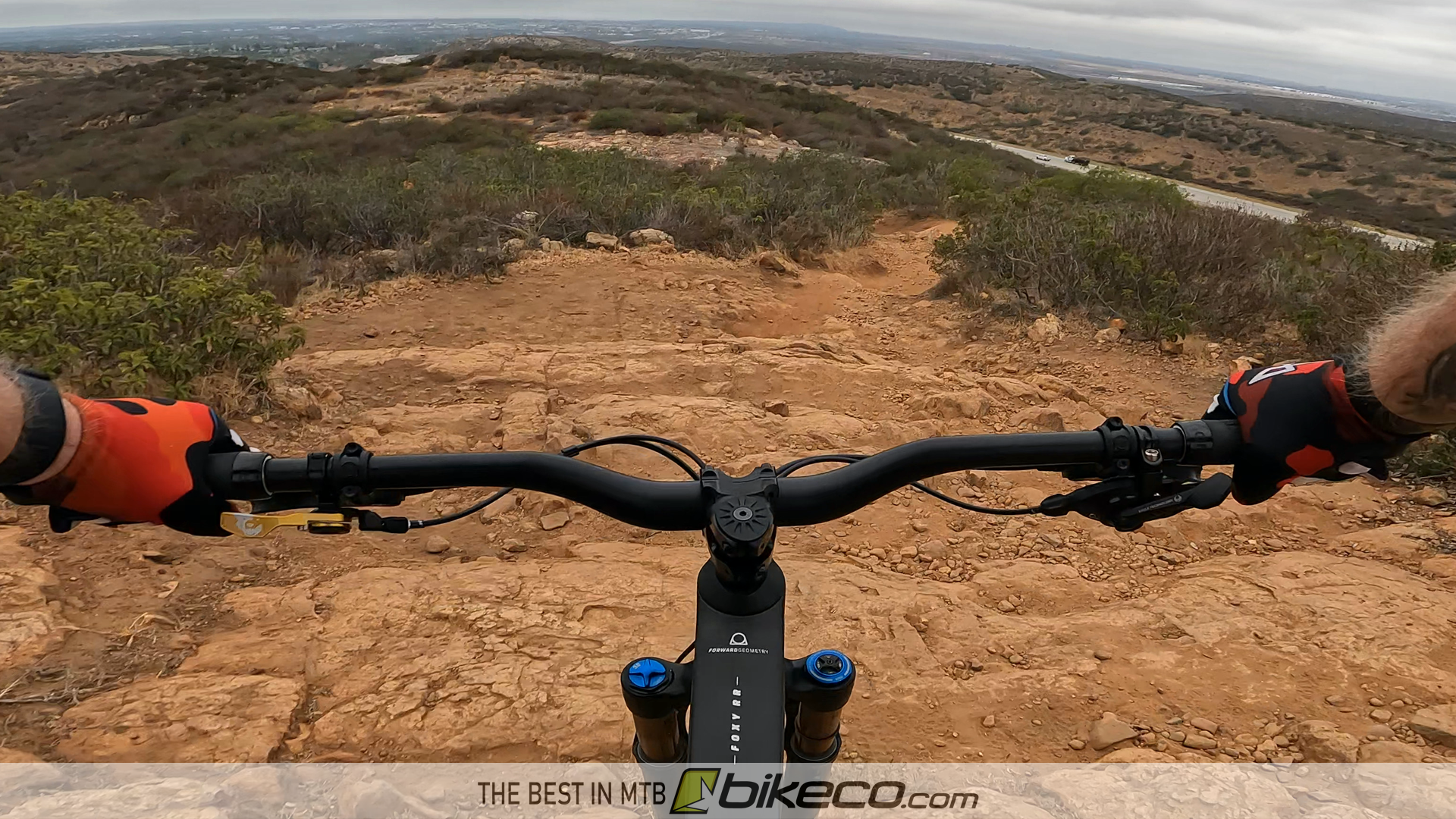
UPDATE: Soft Support & Fast Rebound = Harsh Ride
OK a quick addition to this blog. Working on the video supporting this FOX GRIP2 versus Ohlins RXF comparison (above) I sent rough footage to a handful of riding buddies and reviewed it with Joe and our suspension team to better understand what story the footage told versus what I felt versus what we knew mechanically about the different forks.
I hadn’t laid up any graphics or anything, just two images next to each other timed at the beginning of each section. When I mentioned one was the FOX with much better support almost everyone initially thought the fork that visually was riding harsh had to be stiffer option. Maybe I confused them since I had the FOX on the left and they knew I rode the Ohlins first? I dunno. But no, the harsher looking fork was actually the setup that was too plush overall for me.
The combination of running through travel and rebound that couldn’t be slowed into an ideal range created a harsh ride visible on the video. The harshness is probably mostly attributed to the rebound speed, although the overwhelmed LSC and air system weren’t helping that.
In the video you can see a handful of turns that the RXF does well at when landing before the turn engaging the HSC (which worked really well even on a fork that I was pushing outside it’s performance window).
The lack of support is notable in the footage by the increase in “hand” steering. As the fork would sit in deeper it would require more input to change direction and MUCH more input to exit the corner. Compared to the more supportive fork which would turn in easily, allow the bike to lean in to take the rest of the turn “through” my feet before exiting the corner, usually with an increased exit speed compared to the softer fork.
Like I mention in the video, and above – this isn’t a truly fair “comparison test” between the GRIP2 and the RXF since the Ohlins was pushed beyond its capacity. But, you can look at this data comparing a better setup versus a setup that’s too fast and without enough support.
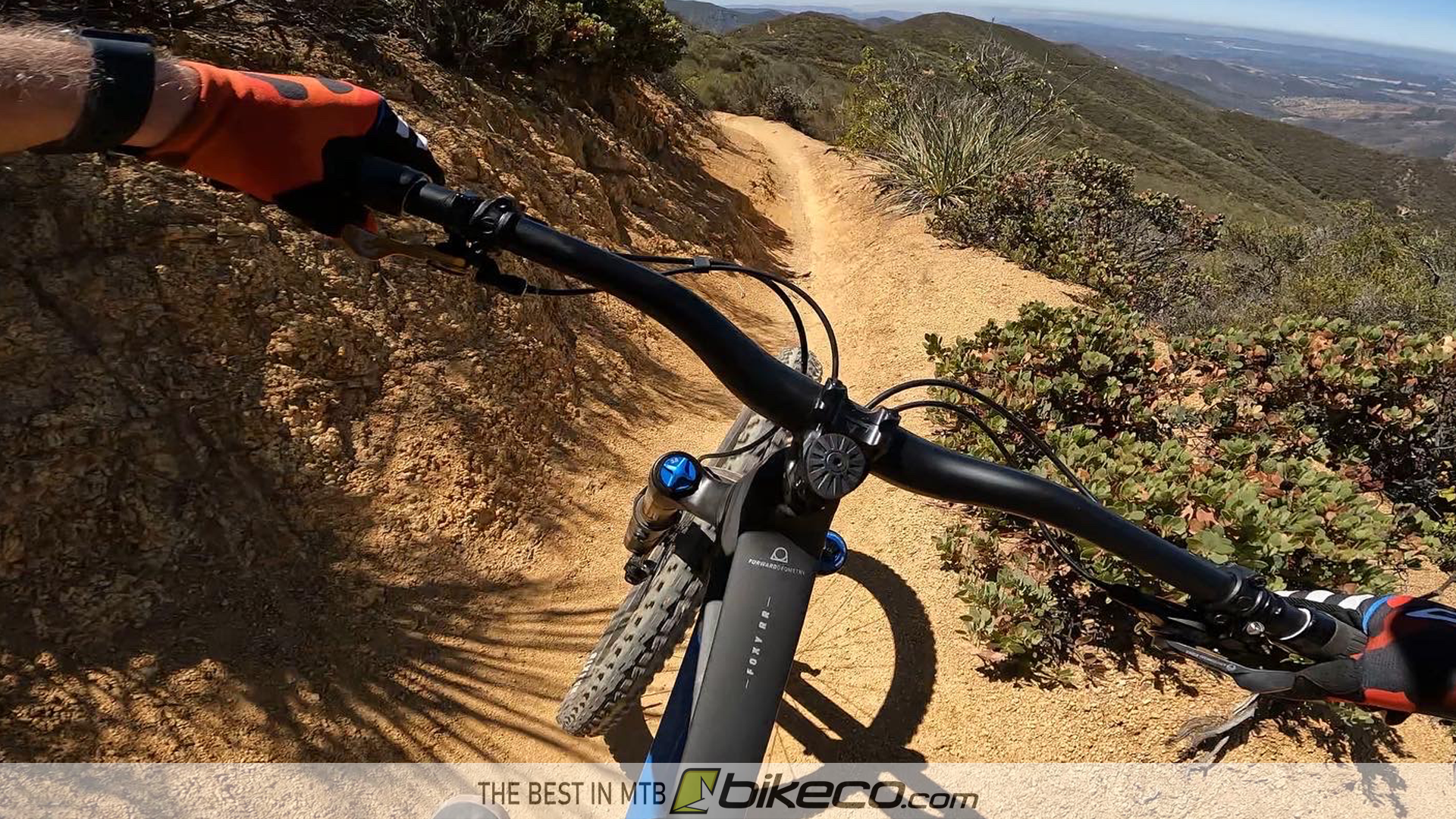
Am I saying the FOX 38 GRIP2 is better than the Ohlins RXF?
For me? 100%. Done and done. Heavier rider, prefers punchy suspension, decent ground speeds. Ideally (even if its just mental) want to have a bit of range on my setup to fine tune.
The RXF didn’t have it in the tank at my size. (also, full disclosure having the BikeCo Pro Tune options on the FOX 38 and X2 allows me to improve my adjustability range even a bit more)
For you?
Not going to tell you the GRIP2 is better or worse than the RXF without knowing more about your size, riding style and preferences!
Riders I know well, who know suspension well, who really enjoy the Ohlins product.
Are you in the 140-220 range? Looking for a slightly more linear, high traction, planted setup? Well then the Ohlins is 100% on your short list for review.
As a product review, without being in my shoes, or similar shoes I suppose it’s hard to look at the two top suspension options and say you should always do “X”. In fact, maybe you’re on the right product with the wrong setup? That’s one of the reasons we continue to work with our clients after bike or suspension delivery to help continue to dial in performance to unlock your rigs full potential.
Like we mentioned at the top, even if you’re not shopping forks right now some of the ride notes might resonate with you and you can improve your setup. We work hard with our clients to ensure initial setup as well as helping with developing setup as their riding speeds and skills increase.
Check out some pics of the 170mm “Extra FOXY” Mondraker FOXY Carbon with FOX 38 and Float X2 here.


